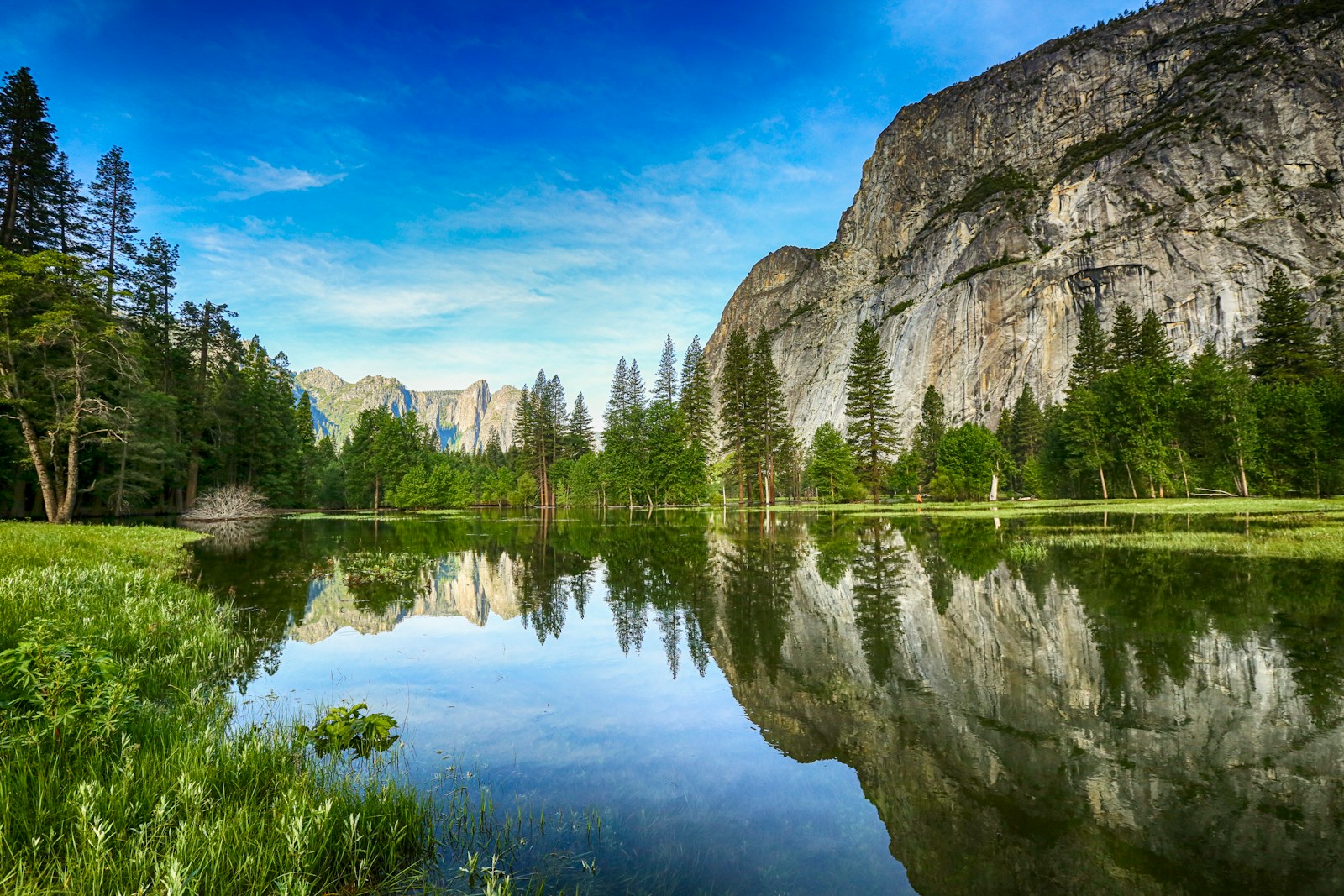The majesty of America’s national parks draws millions of visitors each year, leading to increasingly competitive reservation systems that can leave spontaneous travelers frustrated and excluded. As park visitation reaches record levels, securing advance reservations at popular destinations like Yosemite, Glacier, and Arches has become nearly as challenging as scaling their iconic peaks. But what if your travel plans don’t align with reservation windows that open months in advance? The good news is that there are legitimate ways to experience these natural treasures without advance bookings. This article explores the lesser-known strategies, timing techniques, and alternative entry points that can help you bypass reservation requirements while still respecting conservation efforts and park regulations.
Understanding the Reservation Problem

National parks have implemented reservation systems for different reasons, from managing overcrowding to protecting delicate ecosystems from excessive human impact. Yosemite, for instance, began requiring advance reservations during peak summer months after visitation numbers threatened to overwhelm its infrastructure. Arches National Park in Utah implemented a timed entry system to prevent the traffic gridlock that had previously forced rangers to close the gates by mid-morning. Rocky Mountain National Park’s reservation system was designed to distribute visitors throughout the day, reducing parking shortages and trail congestion that diminished the visitor experience. Understanding the specific reason behind a park’s reservation requirement can help you identify the best strategy for visiting without one.
Arrive Early or Late in the Day

Many parks with timed entry systems stop checking reservations after a certain hour, typically in late afternoon. At Glacier National Park, for example, the popular Going-to-the-Sun Road requires reservations from 6 am to 4 pm during summer months—but after 4 pm, you can enter freely without a reservation. Similarly, Arches National Park’s timed entry requirement ends at 5 pm, despite the park remaining open until late evening. This creates a perfect opportunity to experience the park’s famous arches during the “golden hour” when photography conditions are optimal and crowds have thinned. Morning travelers can also benefit from this loophole by arriving extremely early—often before 6 am—when entrance stations aren’t yet staffed to check reservations.
Visit During Shoulder Seasons
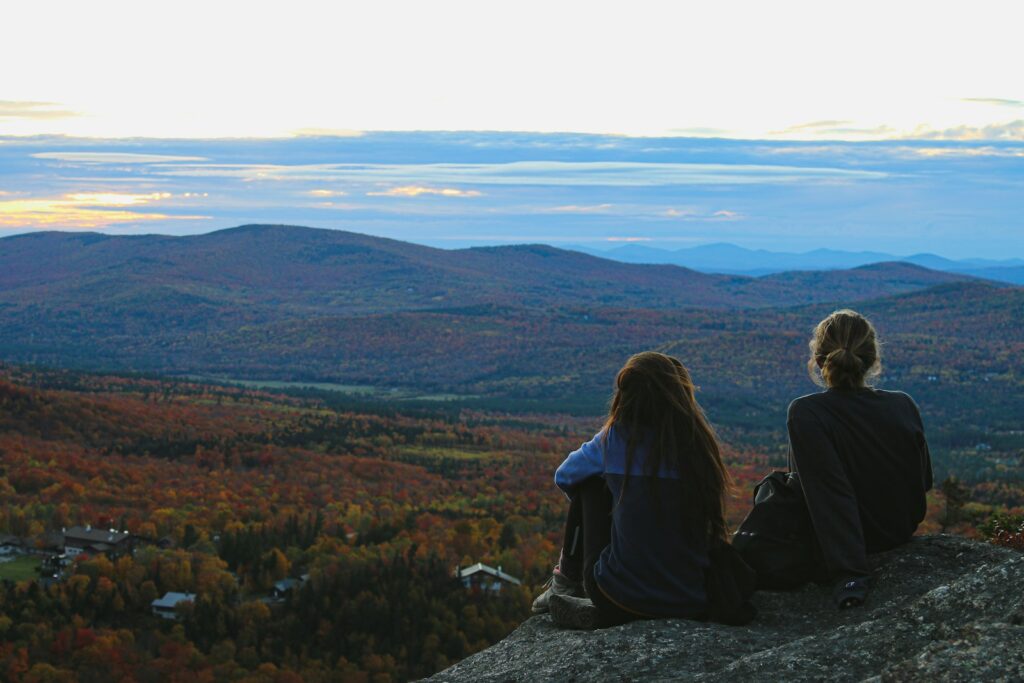
Most reservation requirements are seasonal, focusing on the summer months when visitation peaks and park resources are most strained. By planning your visit during spring or fall “shoulder seasons,” you can often avoid reservation requirements entirely while enjoying more moderate weather and fewer crowds. Yosemite, for instance, typically requires reservations from late May through September, but October visitors experience similar beauty with fall colors and no reservation hurdles. Rocky Mountain National Park’s fall season combines spectacular elk rutting season with more accessible entry, as timed entry permits are no longer required after early October. Zion’s famous Narrows hike is often less crowded but equally stunning in April or October, without the summer reservation requirements for the park shuttle.
Enter Through Alternative Access Points
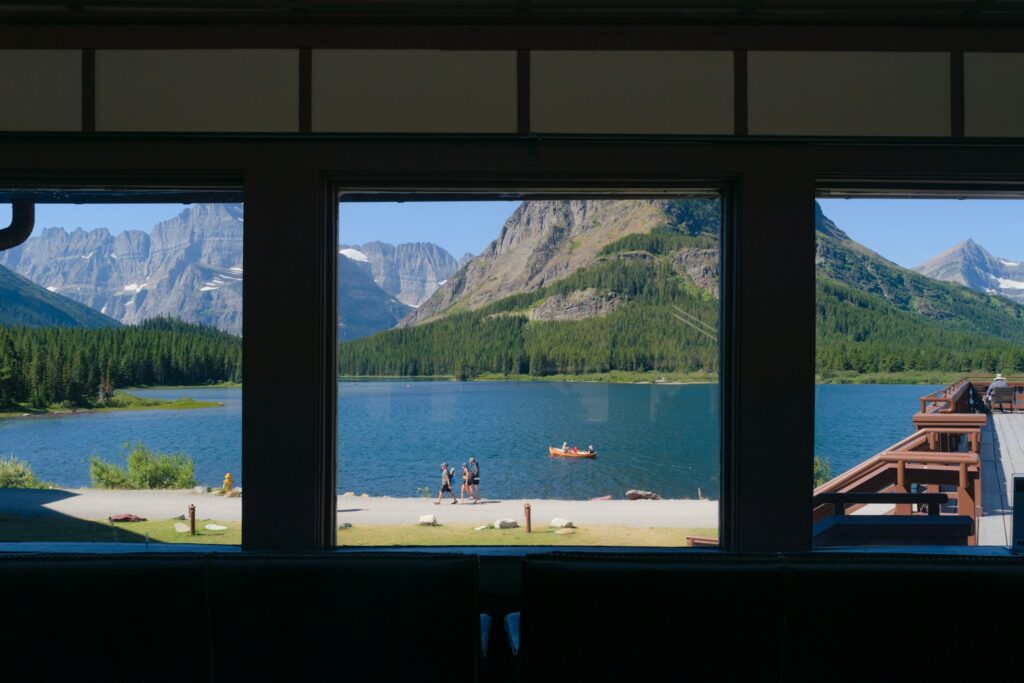
Many national parks have multiple entrance stations, and reservation requirements don’t always apply to all of them. Glacier National Park’s much-discussed reservation system for Going-to-the-Sun Road doesn’t apply to visitors entering through the park’s less trafficked East Glacier, Two Medicine, or Many Glacier entrances. At Acadia National Park, vehicle reservations are only required for the popular Cadillac Summit Road, while the rest of the park remains accessible without reservations. Yosemite’s reservation system has historically applied to visitors entering through the western entrance near the valley, while those coming through eastern Tioga Pass or southern Wawona entrances faced less scrutiny. Research park maps thoroughly to identify these alternative entry points that might bypass reservation checkpoints entirely.
Book Activities That Include Park Entry
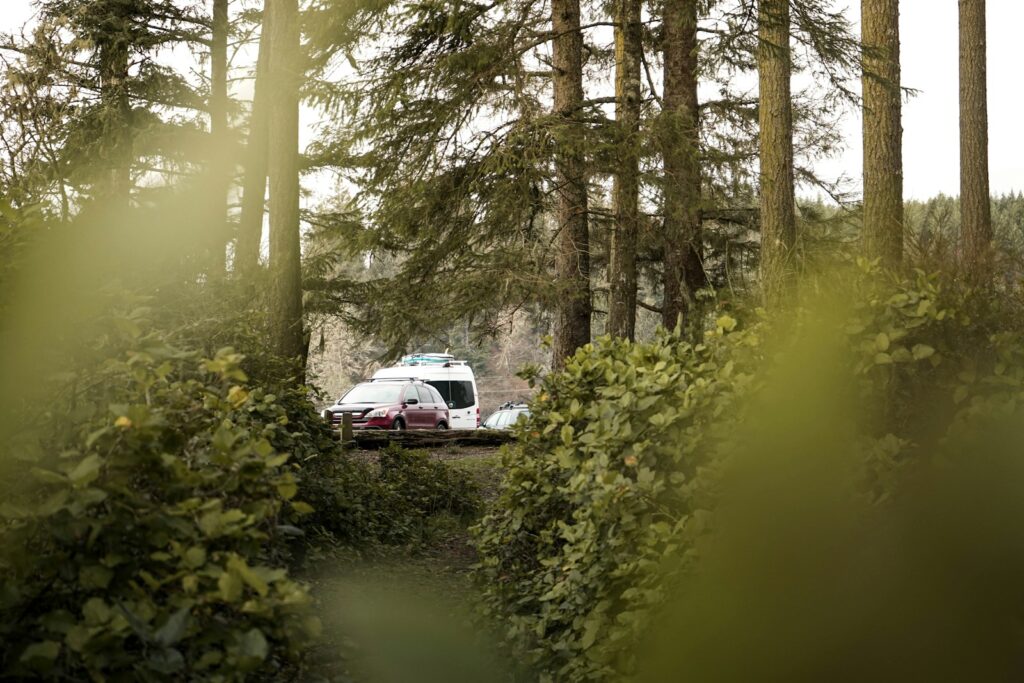
One of the most reliable reservation workarounds involves booking services or accommodations inside the park that come with guaranteed entry access. If you have a lodging reservation within park boundaries—whether at a campground, lodge, or hotel—this typically grants you entry without a separate reservation requirement. The same applies for guided tours, horseback riding adventures, or other concessionaire-operated activities inside the park. At Glacier National Park, for example, visitors with reservations for boat tours on Lake McDonald or St. Mary Lake receive access to the Going-to-the-Sun Road without a separate entry reservation. Rafting companies operating in Grand Canyon National Park provide entry passes for their customers as part of their service package.
Utilize Park Shuttle Systems
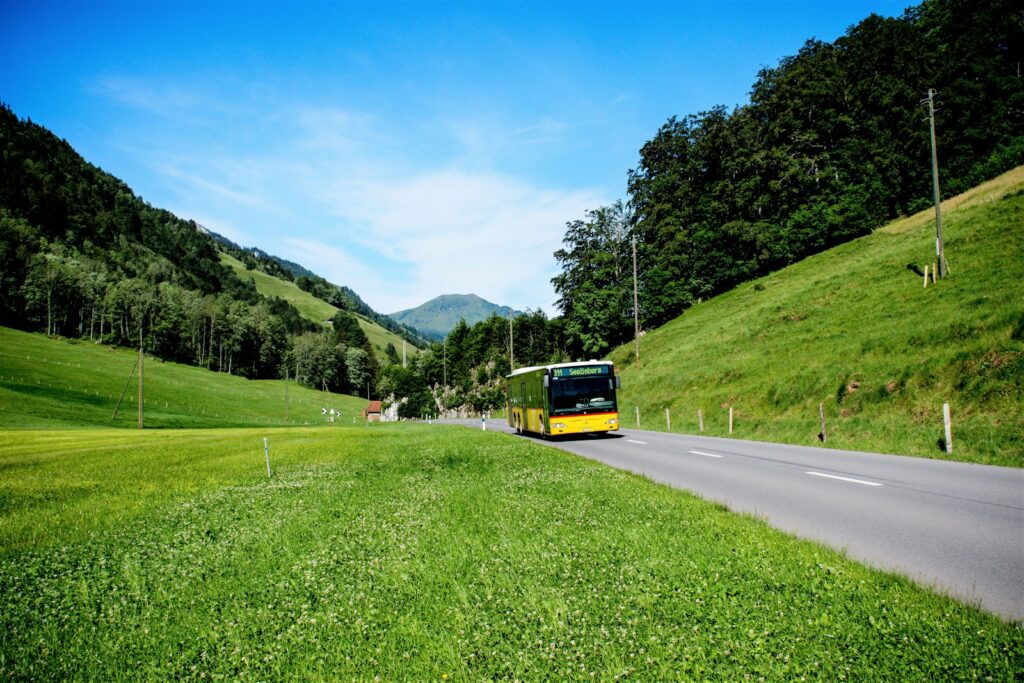
Some parks have implemented shuttle systems that bypass entry reservation requirements entirely. Zion National Park, for instance, requires visitors to use their shuttle system during peak season instead of driving personal vehicles into Zion Canyon—but no advance reservation is needed for the shuttle itself (just arrive early for shorter lines). At Rocky Mountain National Park, visitors who take the Estes Park shuttle into the park from town don’t need the timed entry permit required for private vehicles. Grand Canyon’s South Rim is accessible via the Trans-Canyon Shuttle without needing a separate park entry reservation. These shuttle systems not only provide a reservation workaround but also reduce traffic congestion and environmental impact within the parks.
Enter on Foot or Bicycle
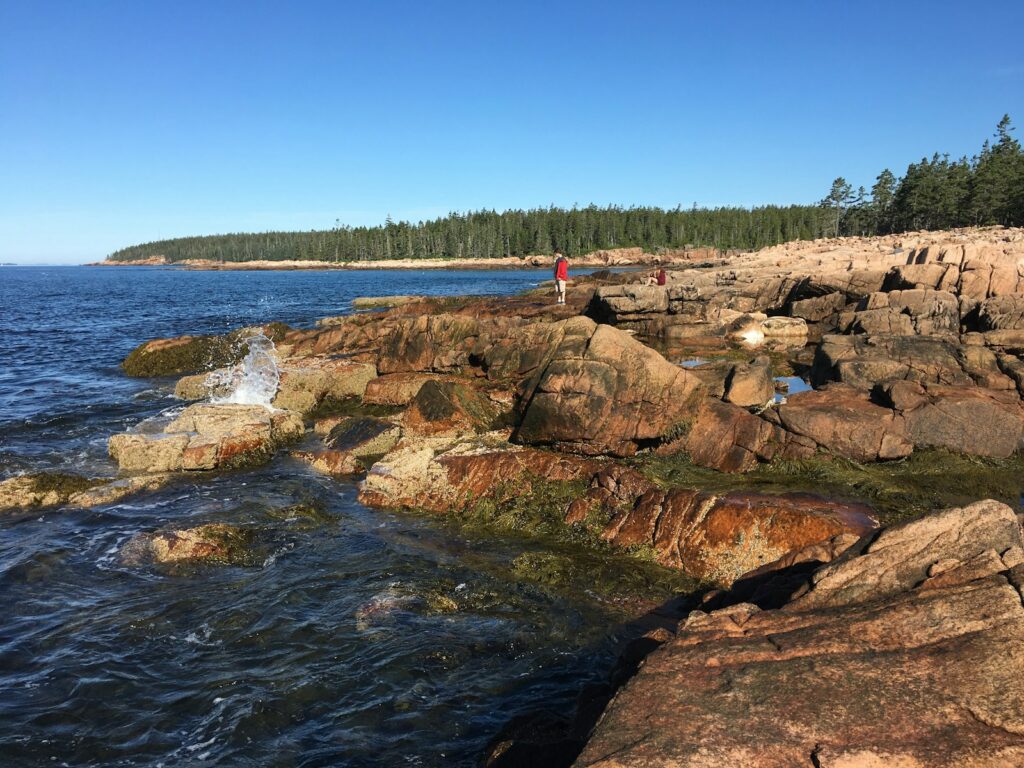
Many parks with vehicle reservation systems don’t apply the same restrictions to visitors entering by foot or bicycle. Acadia National Park’s vehicle reservation system for Cadillac Mountain doesn’t apply to hikers ascending on foot via trails. Yosemite’s peak-season reservation system has typically focused on vehicles, while hikers entering from adjacent wilderness areas face no such restrictions. Rocky Mountain National Park allows bicycle entry without the timed entry permit required for cars. This approach requires more physical exertion but offers the dual benefits of guaranteed entry and a more intimate connection with the landscape. Some visitors park just outside park boundaries and use folding bicycles or electric bikes (where permitted) to access the park without reservations.
Explore Lesser-Known National Parks
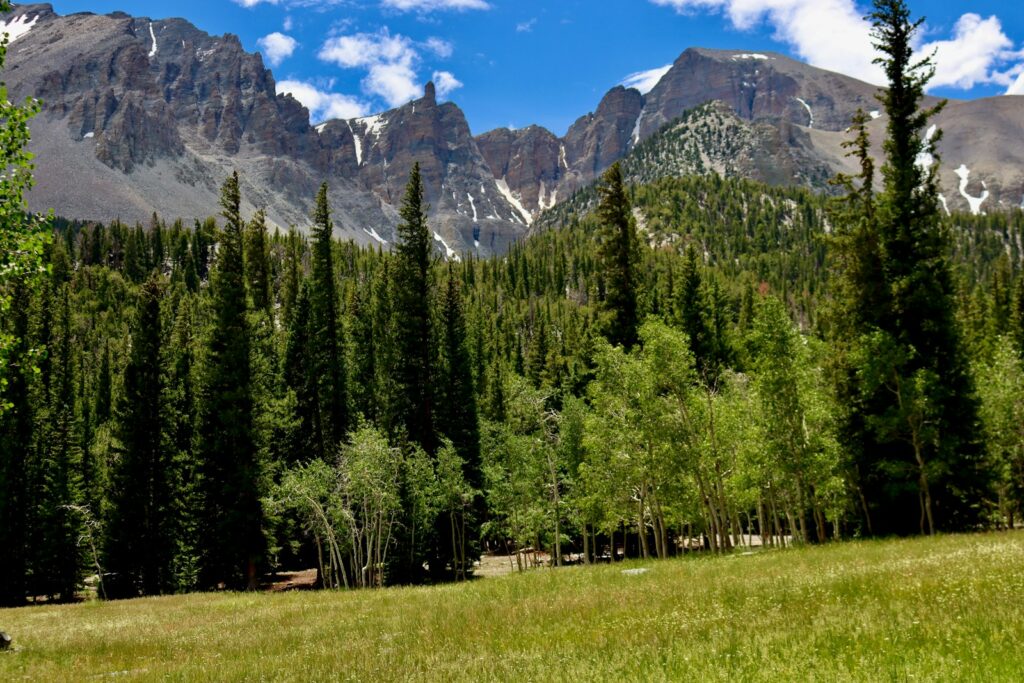
While Yellowstone, Yosemite, and Grand Canyon capture the public imagination, the National Park Service manages over 400 units, many of which offer comparable natural beauty without reservation requirements. Great Basin National Park in Nevada features ancient bristlecone pines, spectacular limestone caves, and dark sky stargazing without the crowds or reservations of its better-known counterparts. North Cascades National Park in Washington offers alpine landscapes rivaling European destinations but receives a fraction of the visitors that flock to nearby Olympic or Mount Rainier. Guadalupe Mountains National Park in Texas contains the state’s four highest peaks and incredible fossil reefs without reservation barriers. By expanding your park bucket list beyond the marquee names, you can experience pristine wilderness without planning months in advance.
Take Advantage of Fee-Free Days
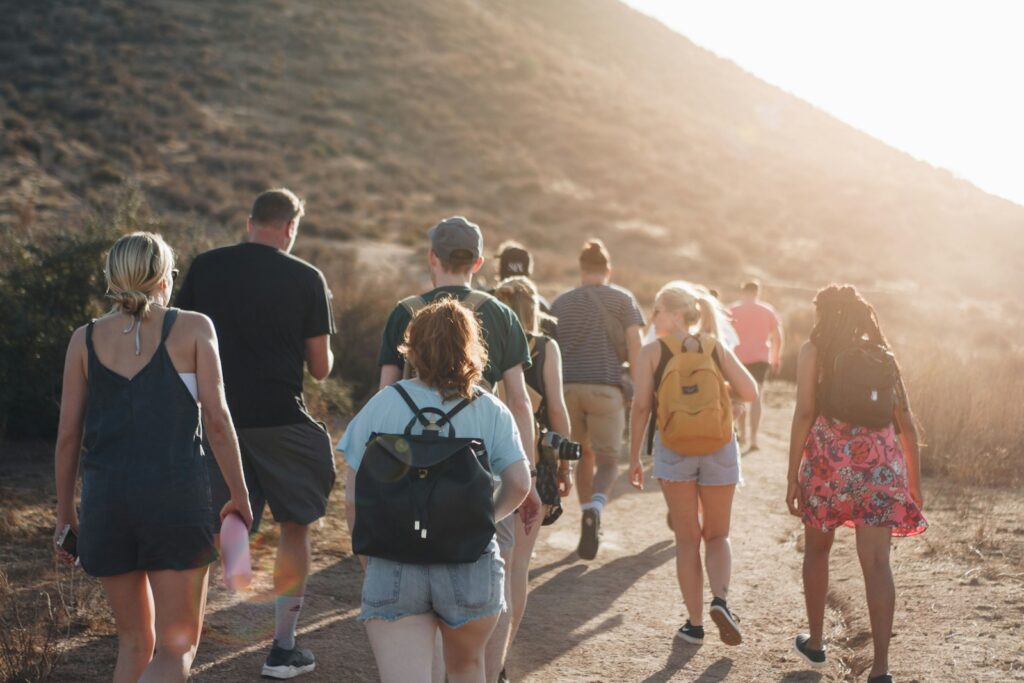
The National Park Service designates several fee-free days each year when entrance fees are waived—and sometimes reservation requirements are temporarily suspended as well. Martin Luther King Jr. Day, the first day of National Park Week in April, the anniversary of the Great American Outdoors Act in August, National Public Lands Day in September, and Veterans Day in November have all been designated as fee-free days in recent years. While some highly popular parks maintain reservation requirements even on these days, others suspend them entirely to encourage accessibility. These fee-free days provide excellent opportunities for spontaneous visits, particularly to parks that might otherwise require advance planning and reservations.
Monitor for Reservation Cancellations

Even the most tightly controlled reservation systems experience cancellations, creating last-minute opportunities for vigilant travelers. Many parks release cancelled reservations back into their online booking systems immediately, rewarding those who check frequently. Yosemite, for example, sees a significant number of cancellations 7-10 days before reservation dates as travelers finalize their plans. Rocky Mountain National Park typically releases a small number of next-day reservations at 5 pm the day before, providing opportunities for flexible travelers who check at the right time. Several third-party notification services and browser extensions have emerged to alert travelers when these coveted cancellations become available, simplifying the process of snagging last-minute openings.
Book With Authorized Commercial Tour Operators

Commercial tour operators receive special allocation of park entry permits that aren’t available to the general public, creating a reliable workaround for popular parks with strict reservation systems. At Yosemite, authorized tour companies maintain their own reservation inventory separate from the public system, often with availability when public reservations are completely booked. Glacier National Park allocates a specific number of Going-to-the-Sun Road access permits to commercial operators whose buses and vans can still access the road when individual travelers cannot. These commercial options cost more than self-guided visits but guarantee entry without advance planning. The added benefit of interpretive guides enhances the educational value of your visit while eliminating the stress of securing your own reservation.
Visit Adjacent Public Lands Instead
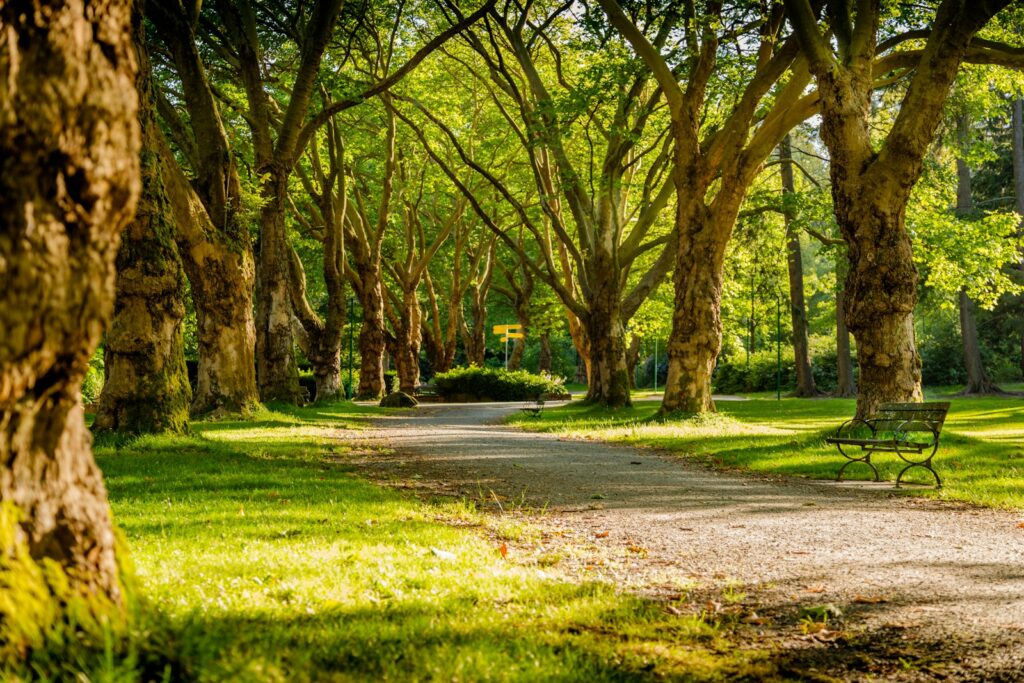
Many national parks are surrounded by equally beautiful but less regulated public lands managed by the U.S. Forest Service, Bureau of Land Management, or state parks systems. These adjacent lands often share similar ecosystems and views without the reservation requirements or crowds. Instead of battling for Arches National Park reservations, consider exploring the similar sandstone formations in nearby BLM-managed lands around Moab. The national forests surrounding Yellowstone offer comparable wildlife viewing opportunities and thermal features without the park’s entry restrictions. Grand Staircase-Escalante National Monument provides slot canyon experiences rivaling those in Zion but without reservation requirements. Skilled visitors can sometimes even find legal access points where these public lands directly connect to national parks, providing backdoor entry opportunities.
Ethical Considerations and Final Thoughts

While these reservation workarounds can help spontaneous travelers access our national treasures, it’s important to recognize why reservation systems exist in the first place. These systems help prevent environmental degradation, protect wildlife, and ensure quality experiences for all visitors. When using these alternative access methods, commit to practicing Leave No Trace principles more rigorously than ever. Visit during off-peak hours or seasons when possible to minimize impact on heavily-trafficked areas. Stay on established trails, respect wildlife closures, and consider visiting less-popular sections of parks to distribute visitor impact. The preservation of these natural wonders for future generations depends on responsible visitation today, regardless of how you secure your entry. With proper planning and respect for park resources, these hidden loopholes can provide the freedom to experience America’s best idea on your own schedule.

